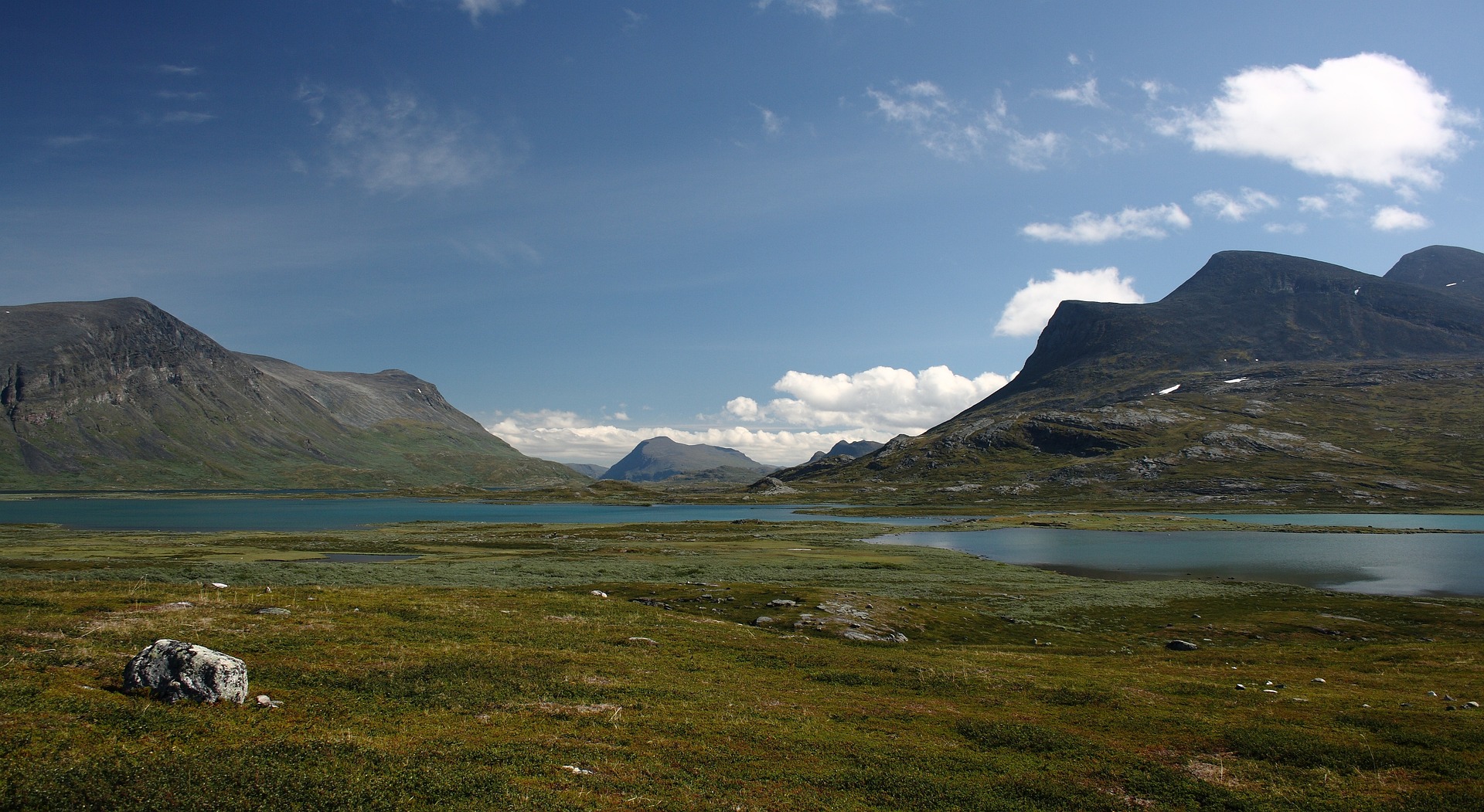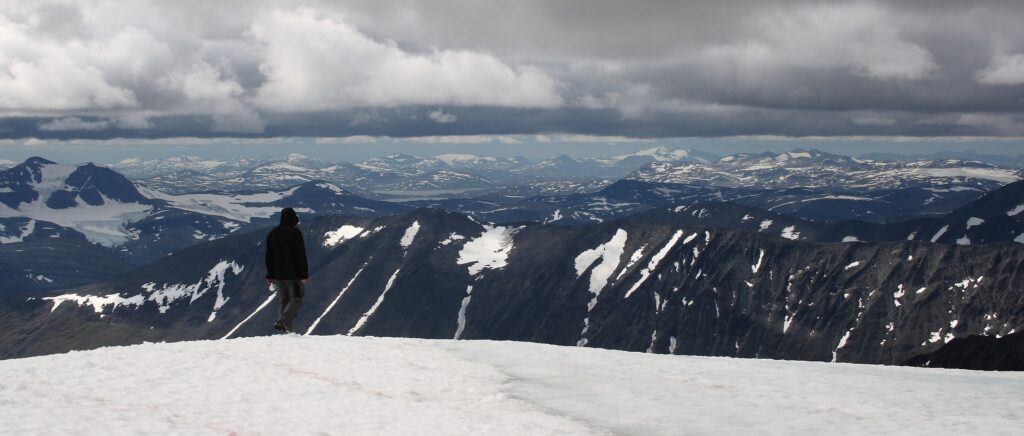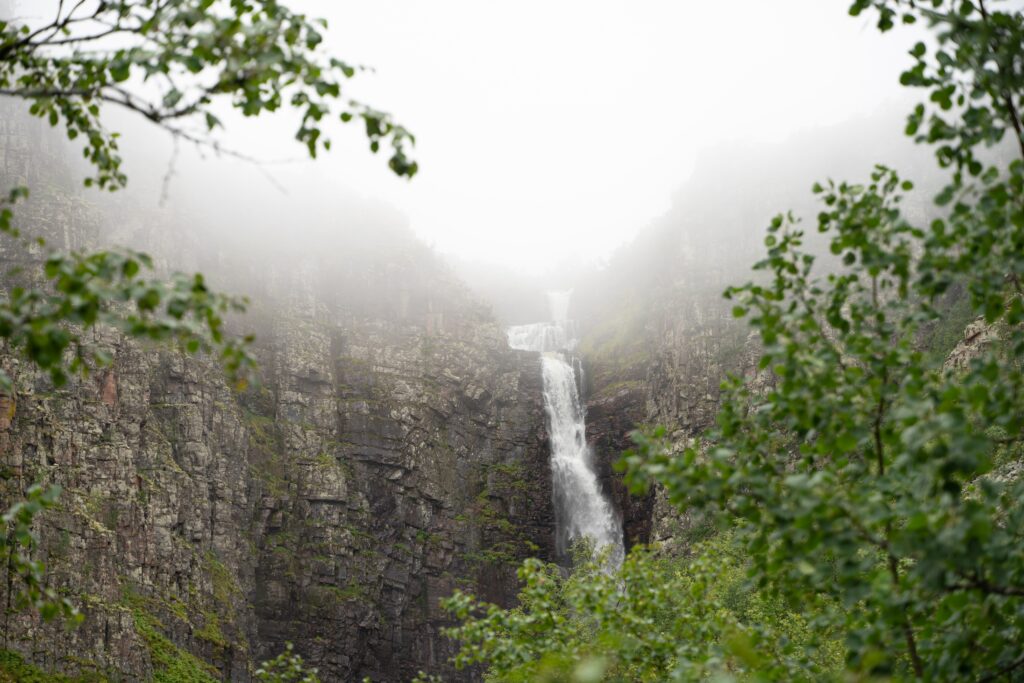Does Sweden Have Mountains? Where To Find Them?
If you’re a nature enthusiast, you might have heard of Sweden being covered in forests and vast open fields. Unlike Norwegian fjords, you never hear about Swedish mountains. Do Sweden even have mountains? Are they even worth visiting? The answer is yes, Sweden has mountains and they offer fantastic views and exciting outdoor activities.
Sweden does not have a lot of mountains because it is located on a relatively stable portion of the Earth’s crust known as the Baltic Shield. The shield consists of ancient, hard rock formations that have been eroded over millions of years, resulting in a relatively flat landscape with rolling hills and low-lying areas.
While there are some mountainous regions in Sweden, they are generally not as high or rugged as mountain ranges found in other parts of the world.
Sweden may not be as well-known for its mountains as some other European countries, but it has several mountain ranges that are worth exploring. In this article, we will discuss the different mountain ranges in Sweden and what makes them unique.
The Scandinavian Mountains
The most famous mountain range in Sweden is the Scandinavian Mountains, also known as the “Scandes”. This range stretches over 320 kilometers, has peaks that reach more than 2000 meters, and crosses the borders of Norway, Sweden, and Finland.
The highest peak in Sweden, Kebnekaise, is located in this range and stands at an impressive 2096 meters above sea level. Other notable peaks include Pårtetjåkkå, Palkattjåkkå, Sielmatjåkka, and Kåtotjåkka.
A bit to the west, you will find Kaskasatjåkka. It is a mountain near the border with Norway, and is also a part of the Scandinavian Mountains reaching an elevation of 2076 meters.
The Kungsleden or “King’s Trail” is a famous hiking trail that stretches 440 kilometers through the Scandinavian Mountains, from Abisko in the north to Hemavan in the south. This trail offers hikers an incredible experience of the Swedish mountains and wilderness.
The Sarek National Park
The Sarek National Park is located in the northern part of Sweden and is home to one of the largest untouched wilderness areas in Europe.
The park is known for its rugged and remote landscape, which includes several mountain ranges, such as the Áhkká massif. The highest peak in the region is Sarektjåkkå, which stands at 2089 meters above sea leve, making it the second highest mountain in Sweden.
The park offers a variety of outdoor activities such as hiking, skiing, rock climbing, and mountaineering, making it a popular destination for adventure seekers.
The Fulufjället National Park
The Fulufjället National Park is located in the western part of Sweden and is home to the highest waterfall in Sweden, the Njupeskär waterfall, which stands at 93 meters. It is also where you will find Fulufjället massif, which offers hiking trails and skiing opportunities.
The park is known for its unique ecosystem, which includes several rare plant and animal species, making it a popular destination for nature lovers.
Åreskutan
Åreskutan is a mountain located in central Sweden, near the town of Åre. It is the highest peak in the region, reaching an elevation of 1,420 meters. Åre is also one of the oldest ski resorts in Sweden. When Åreskutan is covered in snow during winter, it offers a wide range of slopes for all levels, from beginners to advanced skiers.
In short…
In conclusion, Sweden has several mountain ranges that offer a variety of outdoor activities and scenic beauty. The Scandinavian Mountains, Sarek National Park, Fulufjället National Park, and Åreskutan are just a few examples of the mountain ranges that Sweden has to offer.
Whether you are an adventure seeker or a nature lover, Sweden has something for everyone. So, if you are planning a trip to Sweden, be sure to explore the country’s beautiful mountain ranges.






